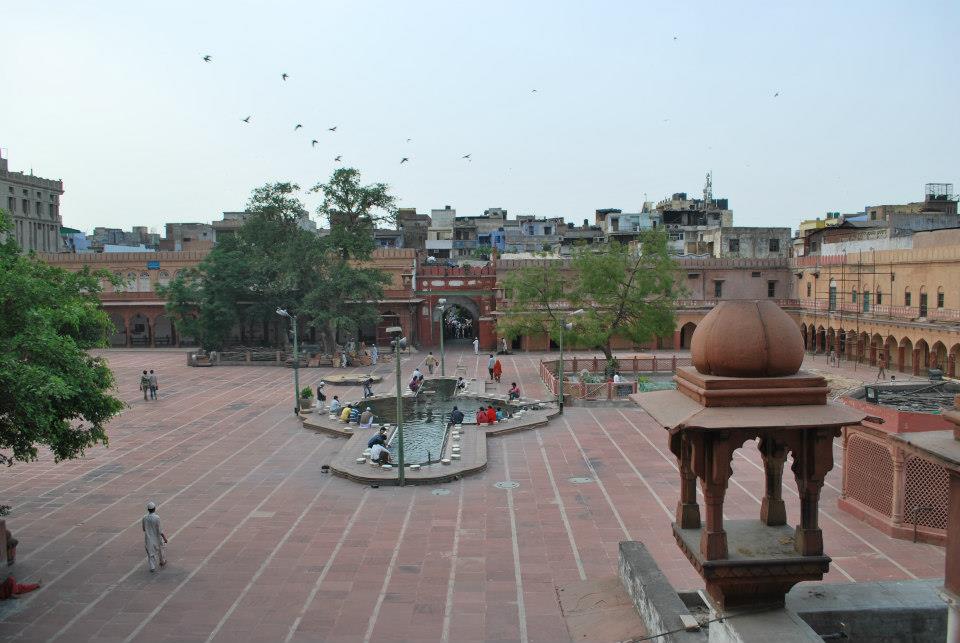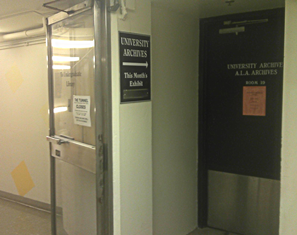Are you planning your research trip to India? If it is your first research trip to India, you will definitely have a lot of questions. Is there a list of libraries that would suit your research? Which cities to tour for the best possible research material? How will you communicate with the locals? How do you carry yourself in a foreign country? How safe is the city you are touring? There are a couple of steps to follow in order to make the best of your trip. Let’s begin!
It is extremely crucial to do some basic research about the country and specifically the cities you have planned to visit in your itinerary. The city and the library/institution you will want to visit will depend on the topic of your research. If your research is about North India, then the best cities to tour would be Delhi, Jaipur, Lucknow, Kanpur, Patna and Gwalior. If your research is about the financial conditions in India, then the best cities to visit would be Mumbai, Delhi, Bengaluru, Kolkata, Hyderabad and Chennai.
For researchers touring Delhi, there is an interesting archive review blog on “Twenty Libraries in Delhi You’ve never visited.” Being the capital region and also one of the largest metropolis cities in India, most researchers would like to cover New Delhi in their first trip to India.
The Nehru Memorial Museum and Library at Teen Murti Bhavan in New Delhi would interest some of you. Please note that you will need a letter from your home institution and a letter from the U.S Embassy.
If who would like to focus your research on the Southern parts of India, then the Tamil Nadu State Archives would be an excellent source for your research material. For more details on location and directions or working hours and admission procedure, you may visit this post. At the bottom of the webpage, there is a list of all the TNSA official websites that could lead you to the right source for your study.
If you are planning to visit Kolkata (metropolis in East India), the West Bengal State Archives and the National Library are great sources with in depth study material.
For first timers, India may not be an easy country to travel around in. The country is known for diversity in its culture and that might prove to be difficult for some and interesting for others. It is important to remember that every country has its own charm and any foreign visitor will have to make some basic adjustments to make their travel easy and enjoyable.
In India, every state speaks a different language so communicating with the locals might be a tedious task. I would advise you to learn some basic Hindi (national language) words like “Haan” (Yes), “Na/Nahi” (No), “Namaste” (Hello), “Shukriya” (Thank You) and try to carry a pocket dictionary with you. Although, down South, people are fluent in English more than Hindi.
Not all parts of India might be safe, especially for women. Always be agile and cautious especially if you are traveling alone during late evenings. It is advisable to wear appropriate clothing (preferably salwar kameez or jeans and a simple top/kurta) to avoid teasing. India is far more traditional in comparison to the West and hence, it is better to play safe. Try not to be over friendly with strangers, especially men. Use public transport during business hours and avoid exploring secluded streets during late nights and/or alone. Also, if you are on a short trip for a specific research purpose,avoid traveling during festivals like Diwali, Navratri, Holi as most public libraries and institutions will be closed during holiday season.
India is most definitely a vibrant country with warm and welcoming people. Don’t let that overwhelm you. Instead, enjoy the differences in the cultures and try to be a part of the Indian culture as much as possible. The historic landmarks, scenic beauty, and the amazingly diverse culture of India are all worth experiencing without having to worry about any of the negative possibilities. Keeping my tips in mind as you travel should guarantee you a safe and pleasurable research trip. Happy research!










